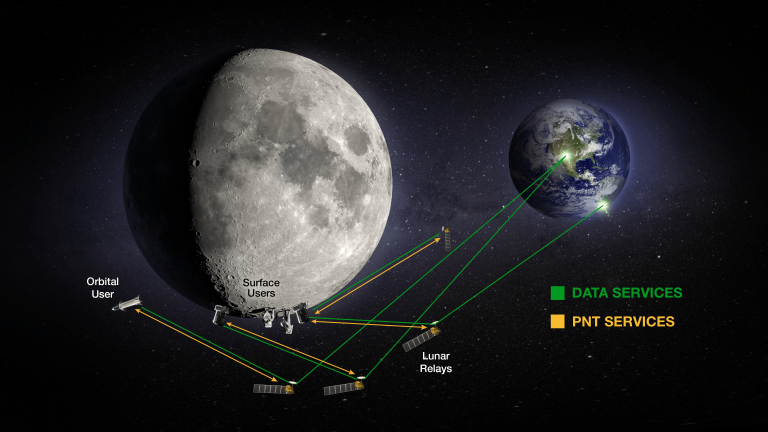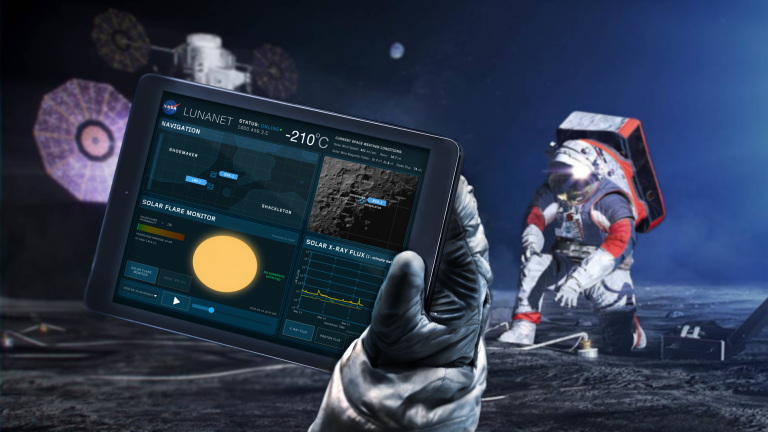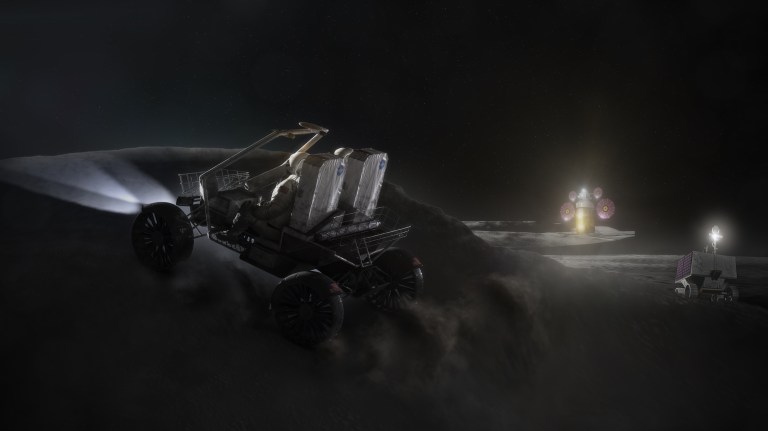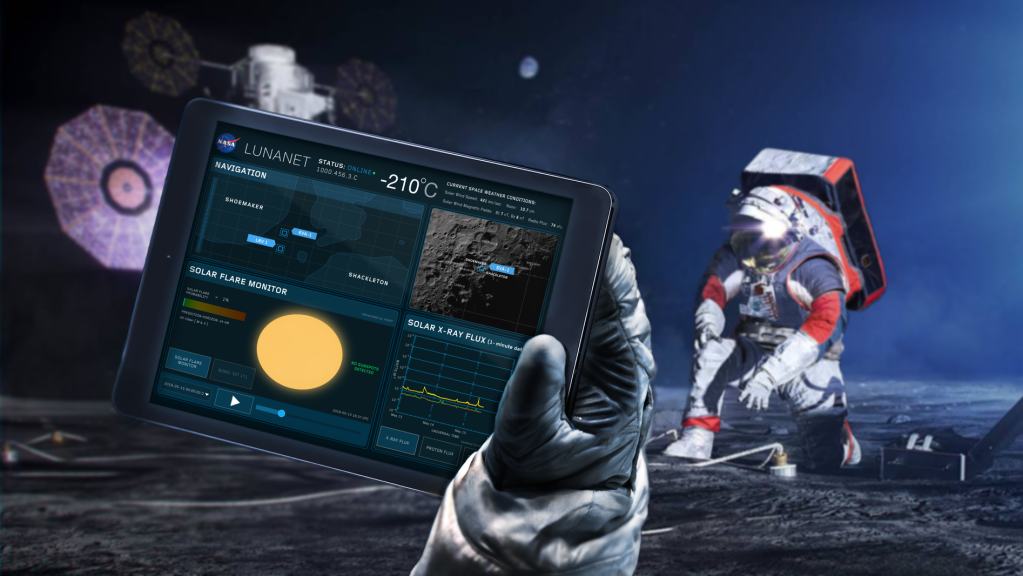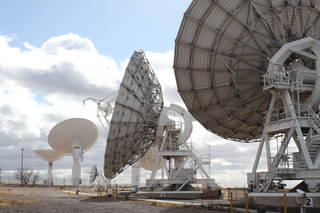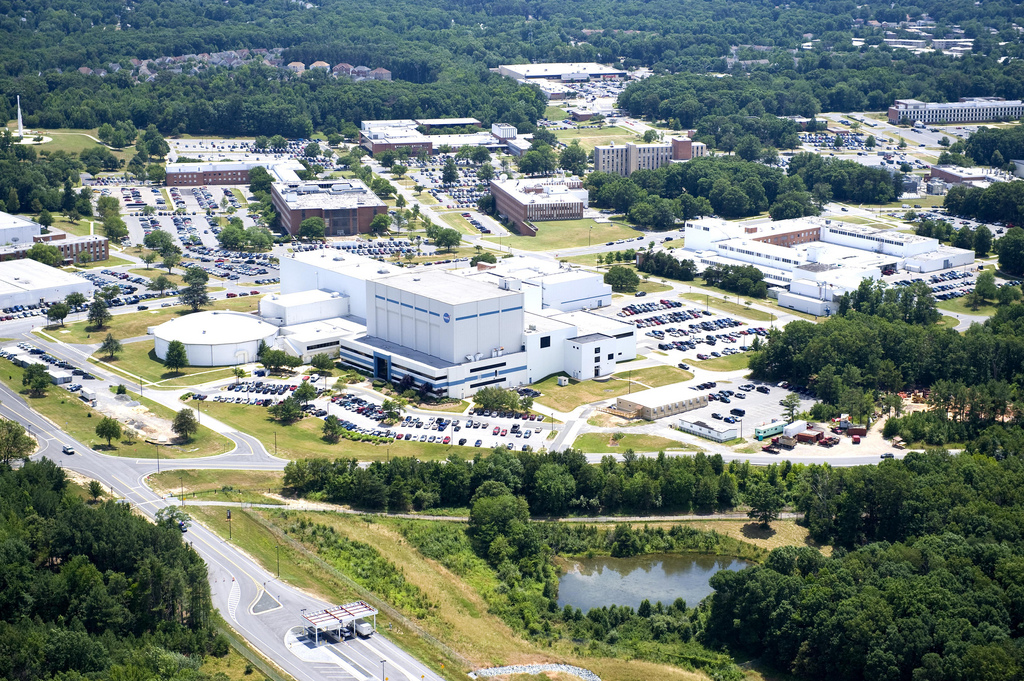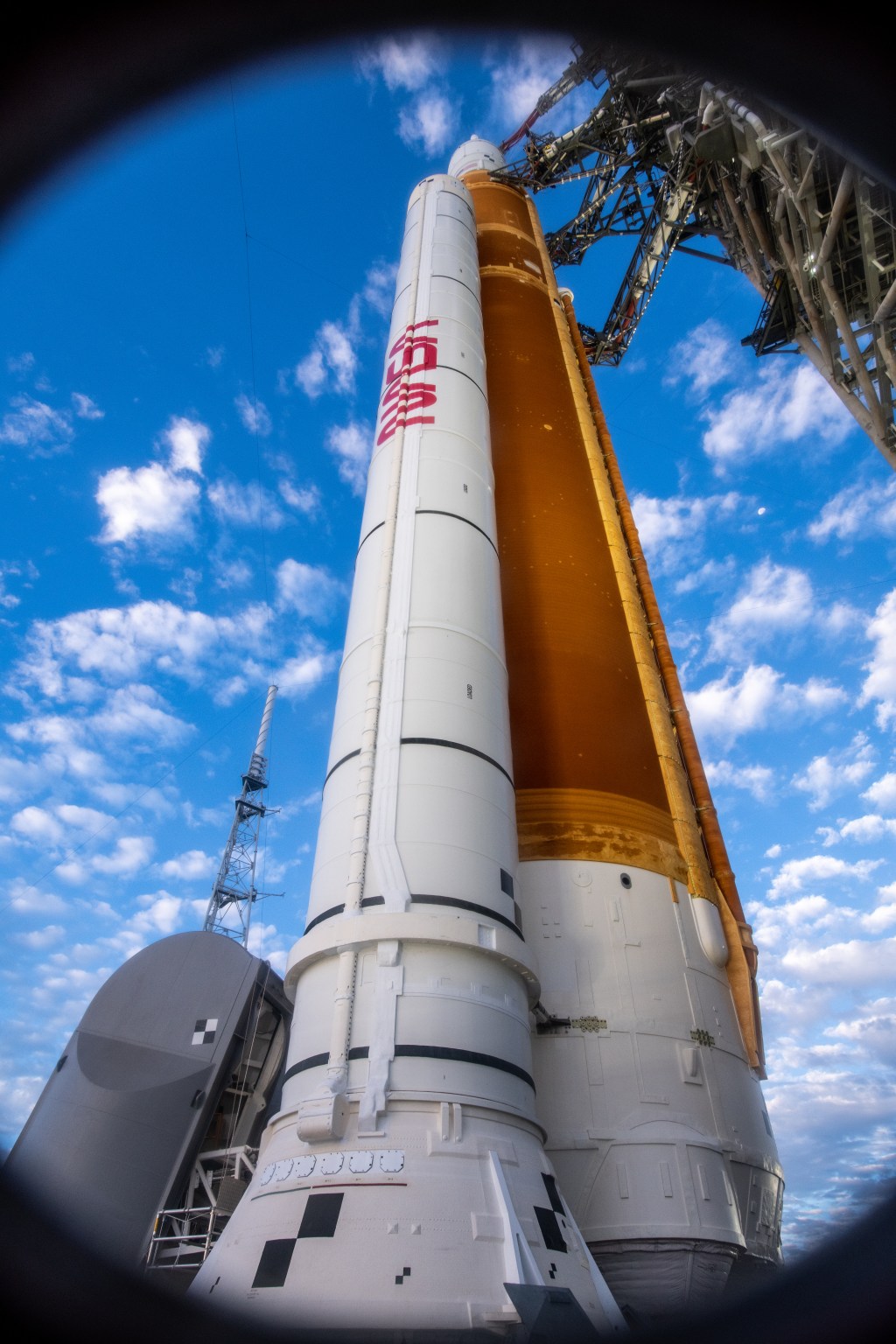Lunar Communications Relay and Navigation Systems (LCRNS)
Reliable communications and navigation are essential for crewed missions, robotic missions, rovers, and infrastructure development on and around the Moon. As part of the SCaN (Space Communications and Navigation) Program’s Artemis Moon to Mars strategy, the Lunar Communications Relay and Navigation Systems (LCRNS) project works with commercial partners to validate new lunar relay services, ensuring missions can stay connected with Earth even on the dark side of the Moon. By supporting today’s exploration needs and scaling for tomorrow’s sustained presence, LCRNS helps pave the way from the Moon to Mars.
What is LCRNS?
The Lunar Relay
NASA is partnering with the aerospace industry to develop lunar relays. Establishing a network of communication relay satellites in lunar orbit will enable continuous and reliable communication between Earth and lunar missions, even in locations where the Earth is not directly visible from the Moon.
NASA’s Lunar Communications Relay and Navigation Systems (LCRNS)
This technical paper outlines NASA's vision for LCRNS, tracks the evolving performance and interoperability requirements for lunar relay satellites, compares their communications approach to NASA's existing Tracking and Data Relay Satellites (TDRS), explains LCRNS plans to validate commercial services capabilities, and introduces the LCRNS Position, Navigation, and Timing Instrument (LPI). Written and presented in 2025 for the 18th International Conference on Space Operations in Montreal.
Read moreLCRNS Resources
Space Communications: 7 Things You Need to Know
NASA’s Space Communications and Navigation (SCaN) program enables this data exchange, whether it’s with astronauts aboard the International Space Station,…
Read the Story






























